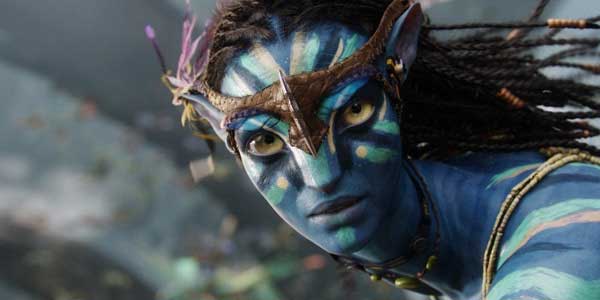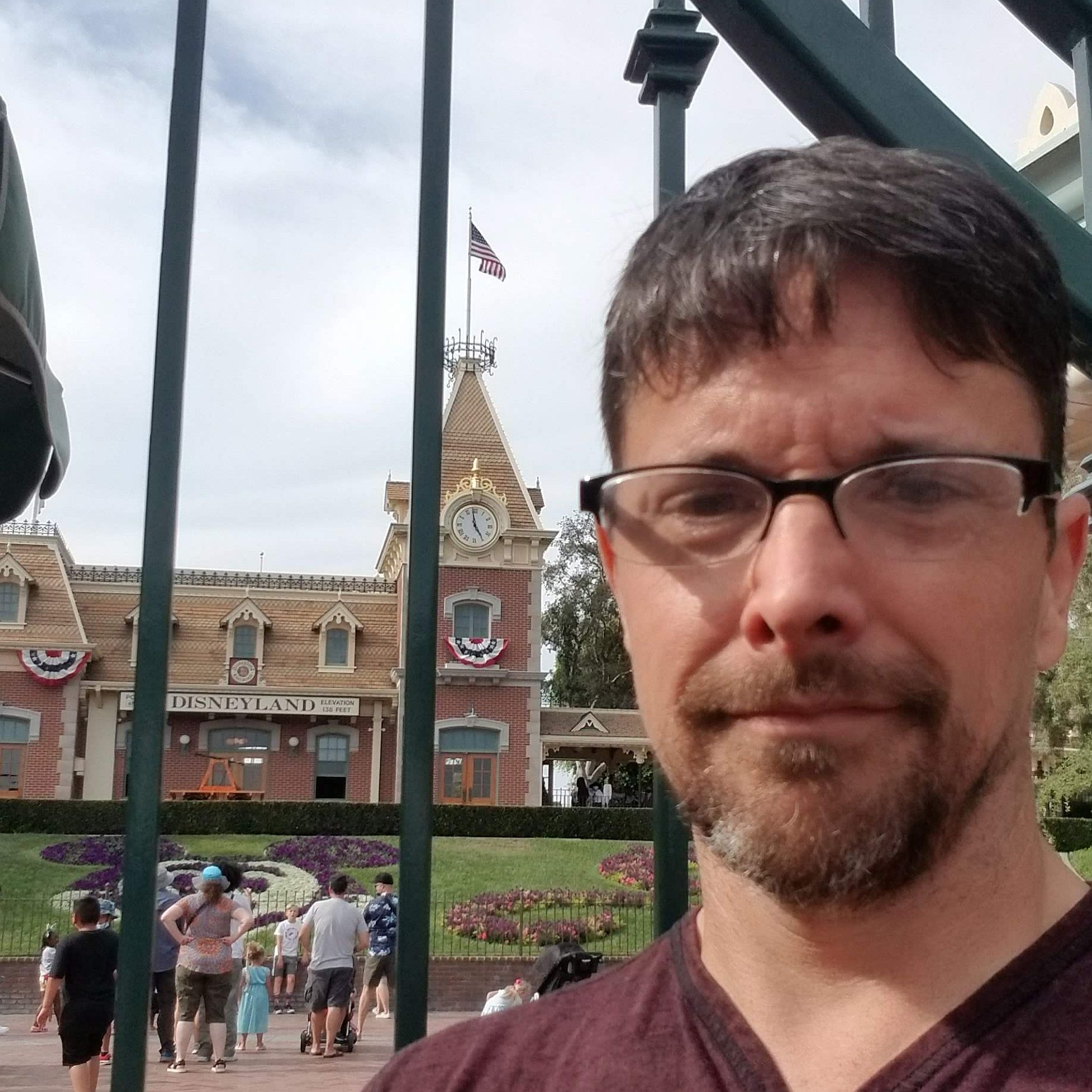The Problem 3D Has Had, According To James Cameron

3D technology in the movie theater has been around for decades, but it was mostly viewed as a gimmick. However, when James Cameron filmed the original Avatar in 3D, it popularized the format to the point that 3D films are now standard for most major studio releases. While the technology is no longer novel, which James Cameron agrees is a good thing, the director does have one major problem with the state of 3D filmmaking today. 3D is created almost exclusively today during post-production, rather than being filmed natively. According to Cameron...
That said, I think that Hollywood has done 3D a disservice by embracing post-conversion, which to me is the wrong track. We should do native photography because if we're ever going to incorporate 3D into broad content production, which most of which is live or near realtime or short turnaround TV production, we have to use the native production tools. Native production technology has basically stalled as of about three or four years ago. We need to re-embrace native production.
James Cameron recently spoke at Australia's Vivid Syndey Festival (via vfxblog) where he said that part of his goal in pushing 3D with the original Avatar was to make the technology so common that it would no longer seem remarkable. While he believes that has happened in the case of movie theater 3D, it seems that he has ever grander hopes for 3D, and that's where the native photography comes in. Cameron wants to see 3D become standard in regular TV production, and due to the amount of live broadcasting that happens there, the only way for that to happen with any degree of quality is for filming to be done using 3D cameras, which is not being adequately embraced.
Needless to say, James Cameron confirmed that all the Avatar sequels will be shot in 3D, because we never expected anything less. He committed to making them the best 3D that will be possible, mentioning specifically new Dolby Cinema technology which has the potential to produce 3D images four times brighter than current technology. Considering how frequently we've found brightness to be an issue with 3D films, that's certainly got us here at CinemaBlend interested.
Another area that James Cameron seemed interested in seeing 3D advance is in the area of glasses-free technology. While creating 3D effects without the glasses we're all familiar with is possible, it becomes harder to do the larger the screen is that is being used. It would require special screens to be used in any theater where glasses-free 3D was to be used. Still, it's a possibility, it's just unclear if it will catch on.
Perhaps, if Avatar 2 is able to remind people just how good 3D can be, it will cause other filmmakers to embrace the idea of filming in 3D once again.
Your Daily Blend of Entertainment News

CinemaBlend’s resident theme park junkie and amateur Disney historian, Dirk began writing for CinemaBlend as a freelancer in 2015 before joining the site full-time in 2018. He has previously held positions as a Staff Writer and Games Editor, but has more recently transformed his true passion into his job as the head of the site's Theme Park section. He has previously done freelance work for various gaming and technology sites. Prior to starting his second career as a writer he worked for 12 years in sales for various companies within the consumer electronics industry. He has a degree in political science from the University of California, Davis. Is an armchair Imagineer, Epcot Stan, Future Club 33 Member.
